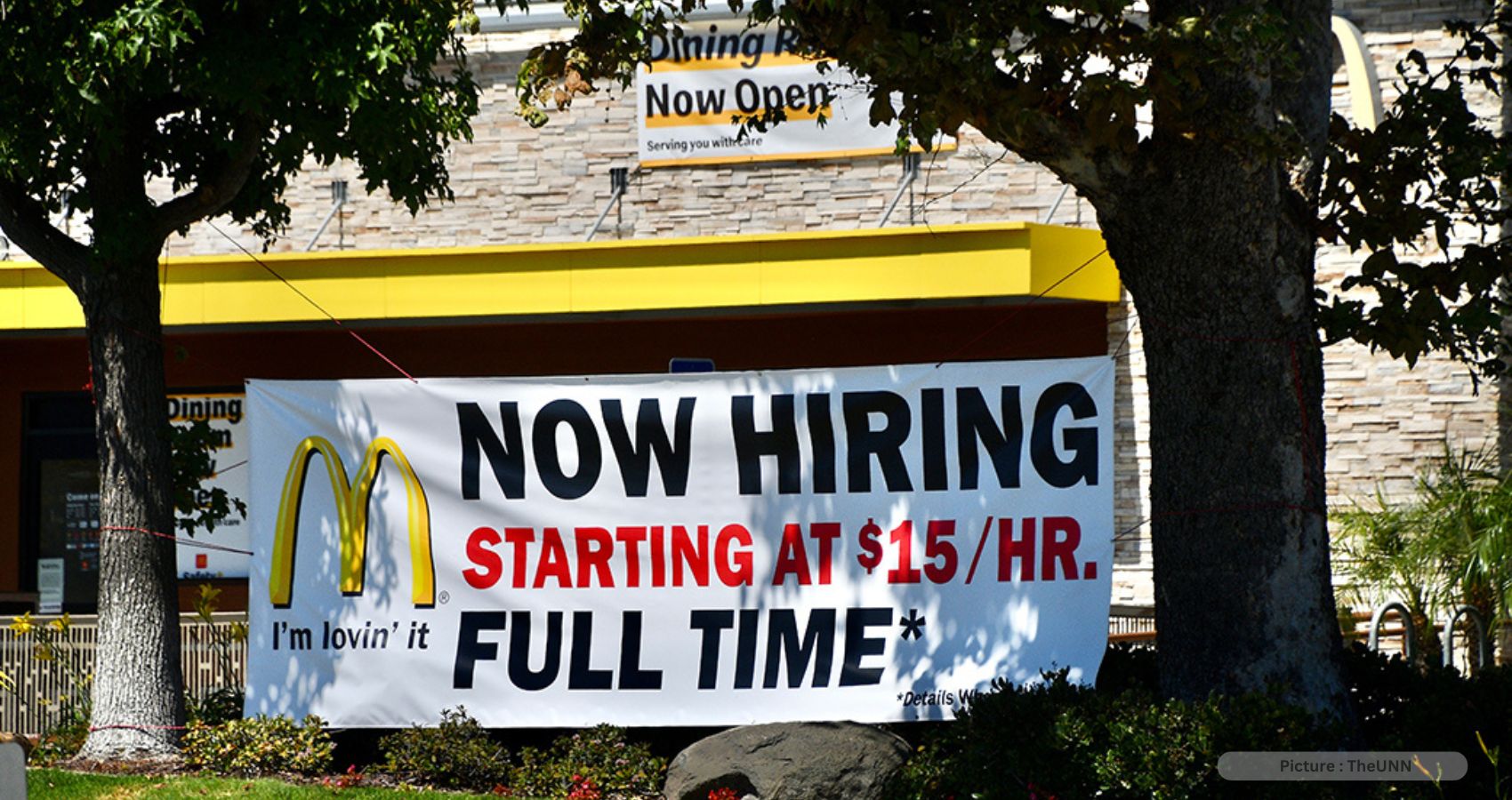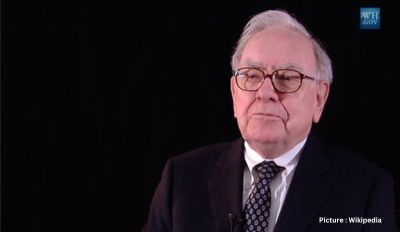In a clear demonstration of ongoing economic strength, American payrolls experienced a significant increase of 336,000 in September, as reported by the Labor Department on Friday. This growth, nearly double what economists had predicted, reaffirmed the robustness of the labor market and the resilience of the economy, which has been grappling with various challenges.
Remarkably, this marked the 33rd consecutive month of job expansion, with September’s surge being the most substantial since January. Meanwhile, the unemployment rate, based on household surveys, remained stable at 3.8 percent, maintaining a level below 4 percent for nearly two years—an achievement not witnessed since the late 1960s.
Samuel Rines, an economist and managing director at Corbu, a financial research firm, commented, “This is an economy on fire,” reflecting the enthusiasm surrounding the economic performance.
Notably, data revisions also brought good news, with hiring figures for July and August being adjusted upwards, revealing an additional 119,000 jobs compared to previous records. These revisions underscored employers’ confidence in the ongoing economic recovery and their belief that there is ample room for further growth.
Andrew Flowers, a labor economist at Appcast, a firm specializing in online recruiting, pointed out that “Fears of an imminent recession have been easing since the spring, allowing businesses to revisit hiring plans they put on hold.”
The release of these figures drew considerable attention from Federal Reserve policymakers, who have been grappling with the challenge of balancing wage and price control through interest rate adjustments. Robust job growth often triggers a sell-off among investors due to concerns over potential rate hikes, which can negatively impact stock and bond prices.
Surprisingly, the market’s response on Friday was generally positive, primarily because the report indicated that the economy was still expanding while wage growth remained moderate, leading many to believe that the Federal Reserve would maintain steady interest rates. Average hourly earnings for workers showed a 0.2 percent increase from the previous month and a 4.2 percent increase from September 2022. While these figures were solid, they fell slightly short of expectations, with the one-year growth rate being the slowest since March 2020.
David Cervantes, founder of Pine Brook Capital Management, an asset management firm, emphasized, “I don’t think the headline jobs number necessarily means an inflationary impulse because average hourly earnings gains are going down,” providing reassurance for those concerned about the inflationary impact of rising wages.
Officials from the Biden administration hailed the report as unequivocally positive, with Jared Bernstein, chair of the White House Council of Economic Advisers, stating, “Simply put, good news is good news, full stop,” highlighting the persistently strong job market under Bidenomics.
The economy’s resilience, more than three years into the recovery from Covid pandemic shutdowns, is evident in various ways. Inflation-adjusted economic growth has accelerated over the summer, even as overall price increases have slowed compared to a year ago. While spending has moderated since its rapid pace in 2021, demand for travel, hospitality, and event tickets remains high, and jobless claims are at their lowest levels since February 2020.
Furthermore, the accumulated savings of Americans during the pandemic have endured longer than expected. In 2019, U.S. households held approximately $980 billion in “checkable deposits,” including checking, savings, and easily cashable money market accounts. In 2023, this figure has surged to over $4 trillion.
However, there are reasons for caution. The suspension of mandatory federal student loan repayments, a pandemic relief measure, is ending this month. The housing market has been affected by a shortage of supply and rising interest rates, resulting in nearly frozen activity and record high home prices.
Consumer sentiment, as measured by the University of Michigan’s index, has improved significantly compared to the previous year but remains well below late 2010s levels. Additionally, it appears that high interest rates will persist for an extended period, posing challenges not only for households but also for businesses in need of fresh financing.
 Nevertheless, for the time being, economic activities continue to progress steadily. The MetLife and U.S. Chamber of Commerce Small Business Index, which gauges confidence among small business owners, reached its highest level this quarter since the beginning of the pandemic. This score is roughly in line with late 2019 levels, with 66 percent of small businesses reporting that business conditions are healthy, and 72 percent expressing comfort with their cash flow, despite increased labor costs.
Nevertheless, for the time being, economic activities continue to progress steadily. The MetLife and U.S. Chamber of Commerce Small Business Index, which gauges confidence among small business owners, reached its highest level this quarter since the beginning of the pandemic. This score is roughly in line with late 2019 levels, with 66 percent of small businesses reporting that business conditions are healthy, and 72 percent expressing comfort with their cash flow, despite increased labor costs.
Tom Sullivan, vice president of small business policy at the U.S. Chamber of Commerce, observed, “Main Street employers are showing remarkable resiliency in the face of high inflation and a shortage of workers,” adding that small business owners are feeling more optimistic compared to a year ago, with recession fears receding and inflation gradually easing.
Throughout this year, there has been an ongoing struggle between an economy delivering greater-than-expected overall growth and the concerns of many American families still grappling with the impact of two years of significant increases in living costs. The reduction of federal aid and tax credits has led to an increase in poverty, and energy prices have experienced unpredictable fluctuations.
Most leading indicators, which aim to identify and predict significant shifts in the business cycle, still exhibit warning signs. However, some argue that these data may be influenced by the peculiarities of an economy returning to normalcy after the shock of the pandemic.
Michael Kantrowitz, chief investment strategist at Piper Sandler & Company, noted, “The reality of the business cycle is that there are only two times when ‘all’ the data are moving in the same direction: a recovery and a recession,” indicating that mixed and less clear data outside of these extreme phases should not be dismissed.
As markets grapple with uncertainty, many workers are advocating for a larger share of the still-expanding economic pie. While nonsupervisory employees have seen recent wage increases, private sector hourly workers are currently averaging approximately $17 per hour this year, according to payroll processor ADP. Nevertheless, many workers continue to feel that their wages do not adequately meet their needs.
Jonathan Quito, a 27-year-old ramp agent at La Guardia Airport, shared his perspective, stating that despite a $1 per hour raise last year, he finds it insufficient to cover the rising costs of living in New York City, including groceries, public transportation, and rent. He emphasized the importance of worker advocacy and unionization efforts to secure better wages and improved living conditions.
He concluded, “Eventually, you know, I want to be able to start my own family and stuff,” highlighting his aspiration for a more secure financial future.











